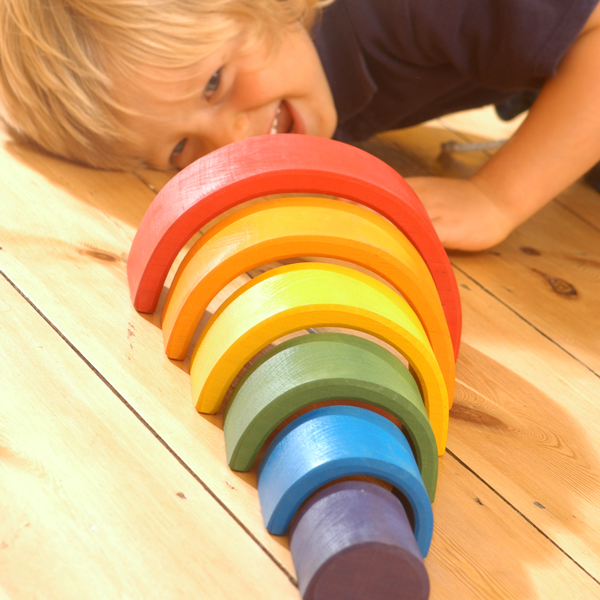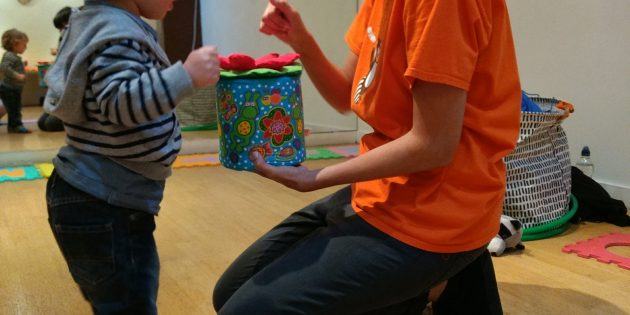Playing games is, without a doubt, one of the best ways to learn or practice Spanish with your children.
One great benefit about learning additional languages in early childhood is that children who learn another language before age five use the same part of the brain to acquire that second language that they use to learn their mother tongue, therefore, the varied and rich exposure to an additional language will help us in learning it in a ‘natural way’
Games and playing can offer us great learning and practice opportunities.
Why is playing important?
The first years of life shape a child’s future into adulthood. This is when the most significant brain development happens, particularly in the first two years of life. Lack of play and communication, known as “under-stimulation”, can have long-term negative consequences on a child’s learning and physical and mental health.
Roughly 80% of brain development is completed by age three and 90 % by age five. This means a child cannot wait for primary school for learning to begin.
Should I prepare before?
When helping your children to learn an additional language or if you are learning together, having an strategy can massively help.
Playing in Spanish can be part of your strategy.
Make a list of their favourite games.
Think about how you normally interact with them while playing this game and prepare what vocabulary or sentences you are going to be using, of course you don’t need to conduct the whole game in Spanish, you can just some words, questions or sentences but there is nothing wrong to preparing a scrip if you need it, it can be a useful learning resource for you too!

Ideas for babies
you are your baby focal point, anything you do, you will have his her full attention.
Finger plays: you could use any finger games you know and make them in Spanish or search for some Spanish ones.
Show and hide an object: choose one of your baby’s toys, you ca name it and show it to the and then hide it and say: oh its’gone! ( ‘no está!’), show it again: here it is!( ‘oh aqui está) .
Texture play: choose objects or toys with different textures to touch or feel, soft (suave) for young babies, with older babies you can experiment other textures.
Bubbles: children love bubbles! you can use them to count or look how they go high (‘arriba, arriba!’) or to say if they are big or small (grandes/pequeñas)
Ideas you could try 2 to 5 year olds
On one of my latest Instagram posts I asked my followers what were their children’s favourite games at the moment, here are some of them:
Hide and seek: depending on your children’s age, of course the counting will be limited to what they know, but it could be a good idea to practice counting in Spanish before starting the game. if up to 5 is all they know, tell them to count up to 5 twice but use this to encourage them to count up to 6 next time and then 7 and so on. this game is called ‘el escondite’ (the hiding place) in Spanish.
Hide and seek with toys: Choose which toys you are going to hide. Practice what these toys are called in Spanish. Your child or children will close their eyes and you will hide the toy or toys, once you are ready you can say: ‘listo’ ‘ready’ and they will start to look for the hidden toys or objects. Every time they get closer to a hidden item you can say: ‘caliente’ (hot) if they are very close: ‘muy caliente’ (very hot) or ‘te quemas’ (you are getting burnt) and if they move away from the objects you can say: ‘ frio’ or ‘muy frio’. Take turns to hide toys or objects.
Racing cars: collect together all the cars, trucks or vehicles taking part of the race. You could group them in colours to practice your colours and make teams: ‘el equipo rojo/verde ‘etc (the red/green team) or group them in types: ‘camiones’ (trucks) coches (cars), trenes (trains) or sizes: grandes’ (big), medianos’ (medium), ‘pequenos’ (small). Once the race has finished you can practice your numerals: el primero, segundo, tercero, cuarto (first,second, third, fourth) taking there is two people with launching two cars on each hand.
Shops: who does not a bit of shop playing, you can actually buy or sell anything you want! First get your shop ready. Decide what are you selling or make different shops: la panaderia (the bakery) la fruteria (the fruit and veg shop), la zapateria (the shoe shop), la libreria (the book shop)… you could spend some time writing the signs and your children can decorate them. See what vocabulary the children know to revise and reinforce and add a couple of new things each time you play. Decide who will be the shopkeeper and the buyer first and practice things you could say like: ‘hola, que tal? o buenos dias/ buenas tardes, como estas?’ if you are the shopkeeper you could say: :que desea? (what would you like?). The buyer: ‘quiero comprar … (I want to buy…). The shop keeper: ‘esto cuesta …'(this costs..). You can also practice counting money.
Gardening: you could do this as just a pretend game or get some soil and seeds to plant flowers. Also to practice fruit vocabulary you could get fruits with seeds, and take the seeds out. Together all that you will use and name each thing: tenemos tierra, semillas de kiwi/de sandia…, tiestos, pala, agua (we have soil, kiwi/watermelon…seeds, flowerpots, spade, water).
Playing is learning
Children have the ability to make all they do game like, observe them and take their lead they will come up with the best ideas.
For other blog posts that can help creating learning opportunities try:
Plant a Flower ans learn Spanish
Three great books for summer reading
If you want to start your journey to raise your children bilingual but you are not sure if you can because you don’t speak Spanish yourself, I would love to help.
I love the idea of you an your children learning together, It is not easy I know but if you want support, here I am!





Leave A Response
You must be logged in to post a comment.